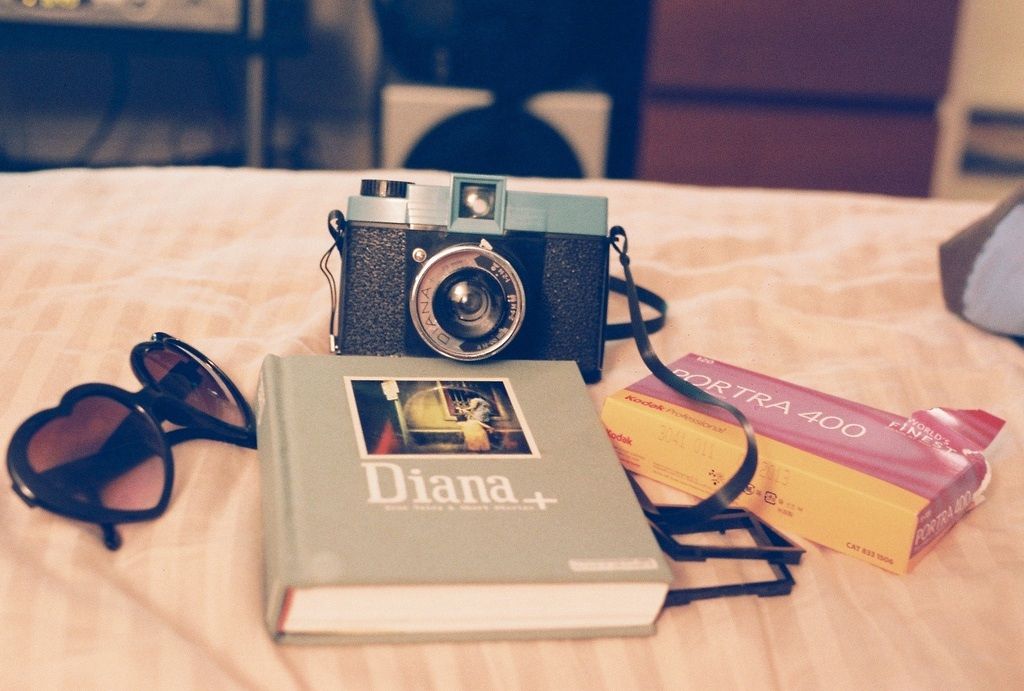During my days as a salesman at a camera store, I discovered something- many, Many, MANY, MANY…. (Let me say that one more time) MANY… people are taking advantage of the digital revolution and getting into photography.
Let’s face it, cameras are getting better and cheaper.
For those who never had the photography bug in the past, it’s getting easier to plop down a little hard earned cash and start taking pictures.
But, (and this is a BIG but), many of these folks have little understanding of the basic principles of photography, digital imaging, or how a camera functions.
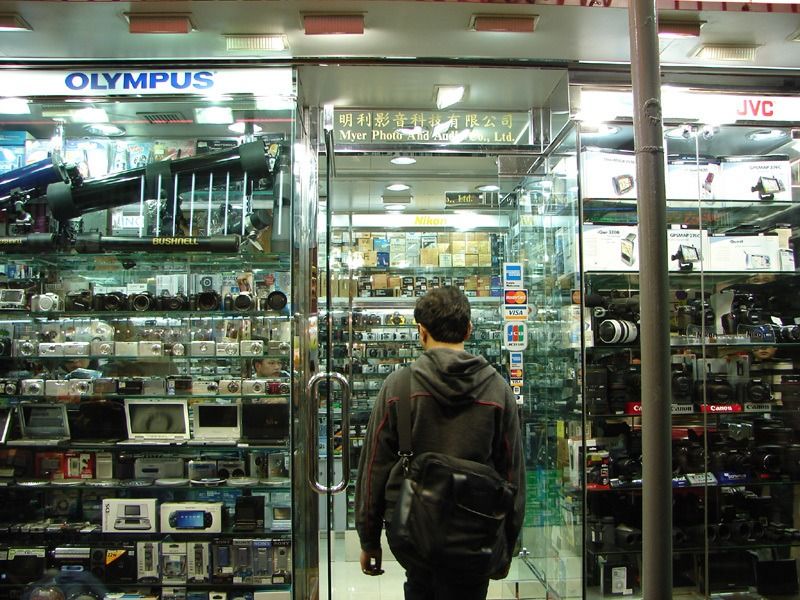
Photo by JB
I can’t tell you the number of times a customer came in and spent a fair amount of money-only to return a week later with steam boiling out of their ears.
“This camera stinks!” They would scream. “You said this was a great camera.”
They would then glare at me as they displayed some blurry pictures.

Photo by Penny Higgins
And you know what, chances are, it was a great camera! With very few exceptions, almost any camera you can buy today is a great camera, especially if you compare it to what was available just a few years ago.
But here is where the problem lies.
A camera is not a human brain.
And these customers didn’t have a clue as to how a camera creates an image.
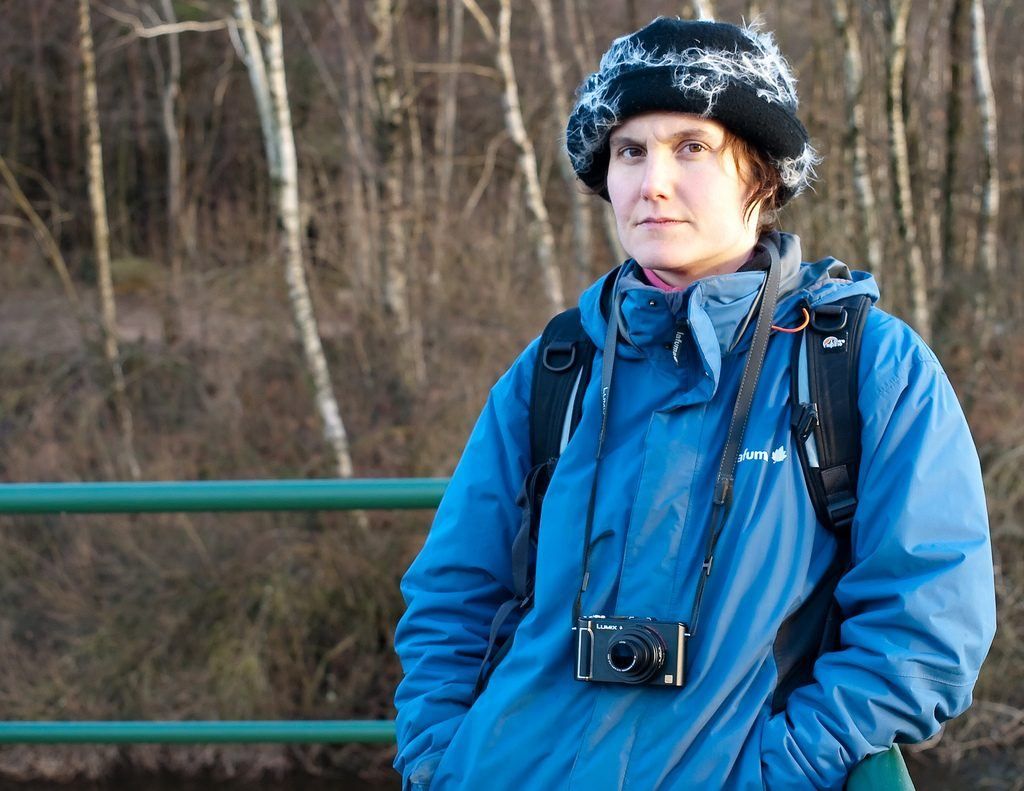
Photo by stephanemartin
On top of that, camera manufacturers are dumbing down cameras, adding more automatic features, and marketing these features as freeing(you) the photographer from worrying about anything other than letting your creativity soar.
Well… that’s all well and good- if you just want to take snapshots.
But that’s not why you’re here, is it?
The automation of some cameras has gotten to the point of being ridiculous. I mean… a smile detector of all things –
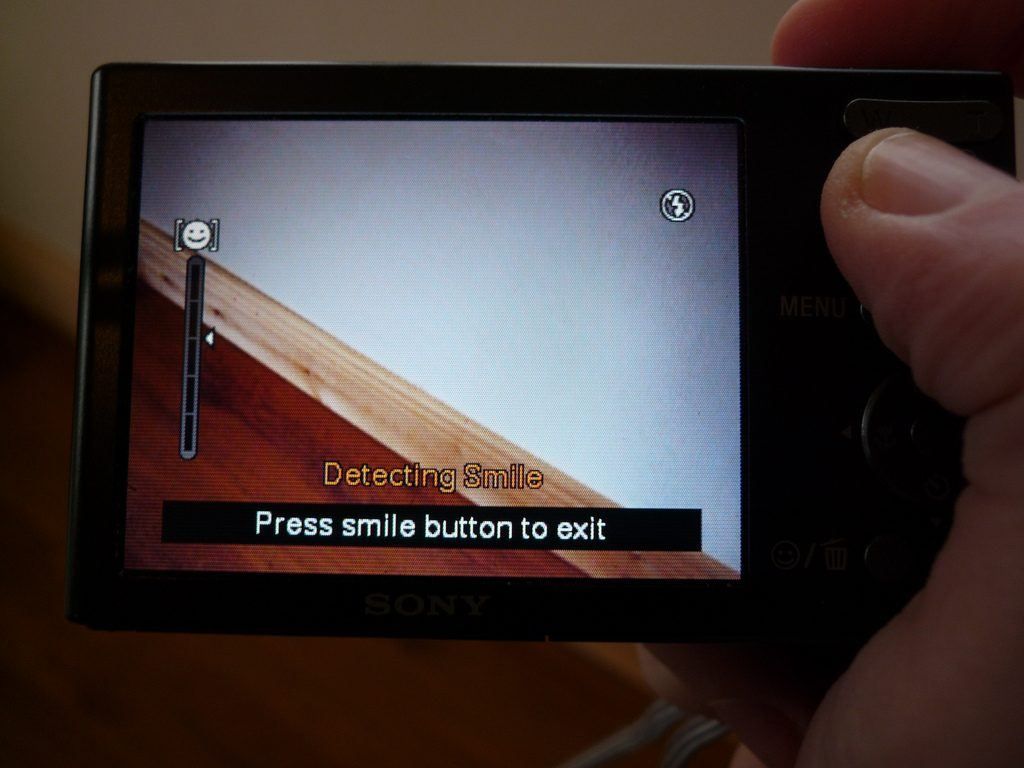
Photo by Seamus Walsh
You’re here because you don’t want to take better snapshots; you want to create award-winning photographs.
Let’s start with a little bit of terminology and nomenclature.
Whoa! (I can hear you saying,“Those are some BIG words!”) Don’t be frightened.
It’s really quite simple. You can’t create great photographs if you don’t understand the settings on your camera.
Terminology: buzz words of an industry (in this case, cameras and photography).
Nomenclature: symbols, buttons and menus that indicate certain functions of an object (in this case a camera).
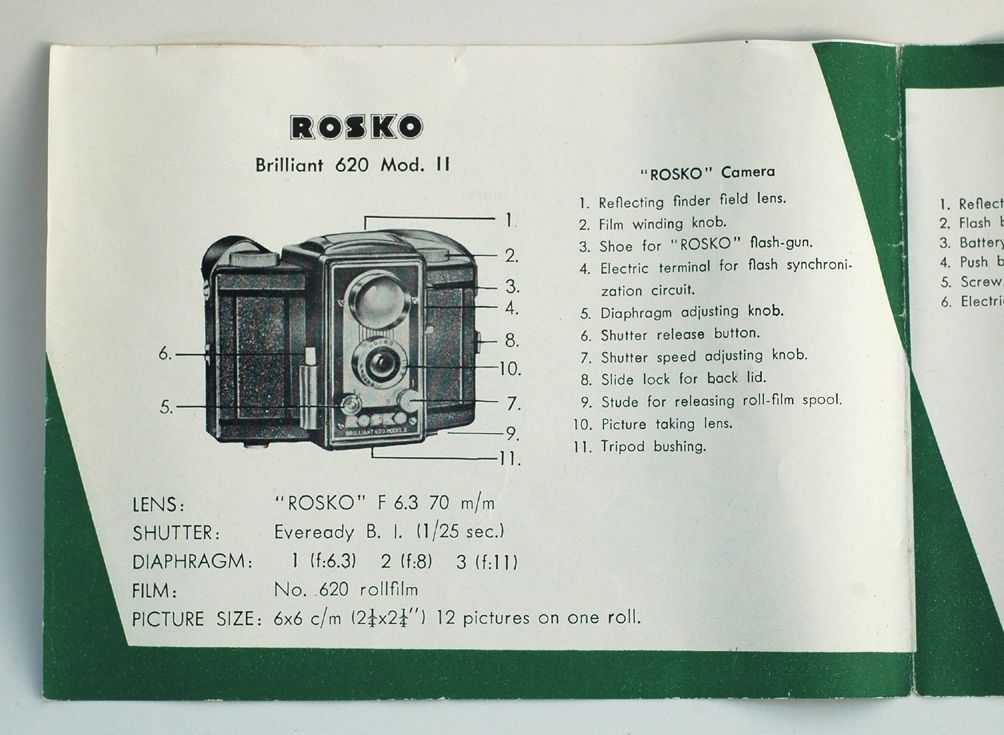
Even vintage cameras had terminology and nomenclature. Photo by John Kratz
Today, we’re going to discuss ISO. (Just seeing it written on the page makes it appear mysterious and frightening.)
(Buzz word or nomenclature? Both really!)
ISO…. is an acronym! It stands for International Standards Organization (that part isn’t important).
What is important to you is how ISO affects your ability to create better photographs!
"...ISO affects your ability to create better photographs."
One of the reasons ISO is so important is that this function is on virtually every camera: unless you have a “really” basic film camera.
Look at your camera, and find the ISO acronym.
For DSLR’s – the button (to set the ISO) might be located on the exterior of the camera body. If it’s not located there, it will be in the sub-menu.
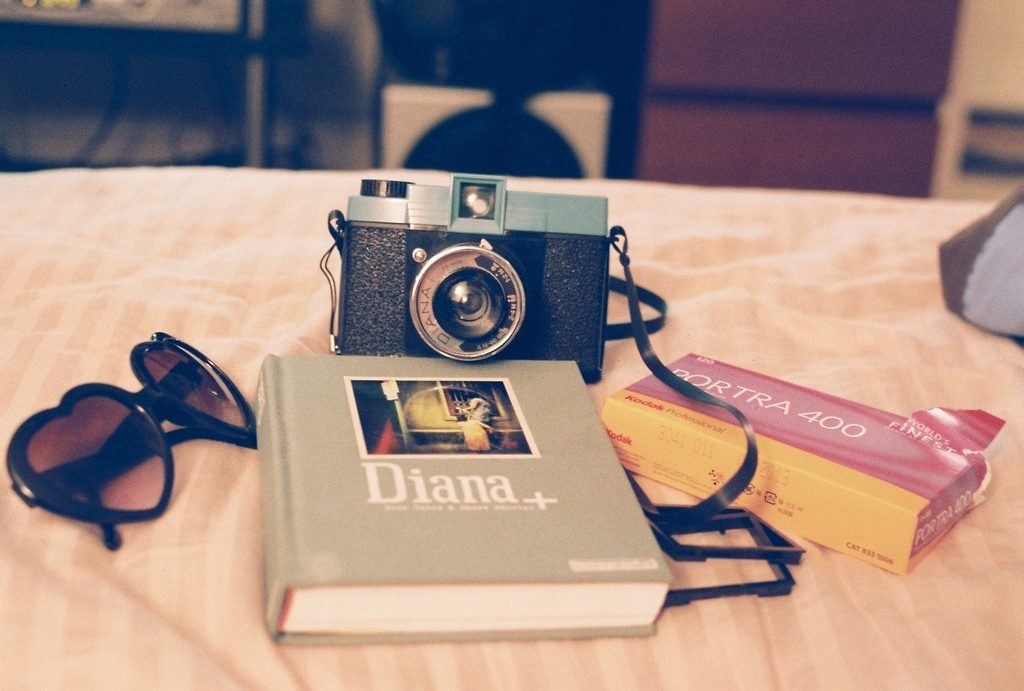
For film cameras, the ISO is the sensitivity rating of the film. In this picture, it’s ISO 400. This number is then set on the camera, which tells the internal meter what type of film (light sensitivity) is going to be used. Photo by Tiffany Bailey
For Point & Shoot cameras, it’s generally located in a sub-menu.
You found it?
Now, what is ISO?
Simply put, it is a unit of measurement.
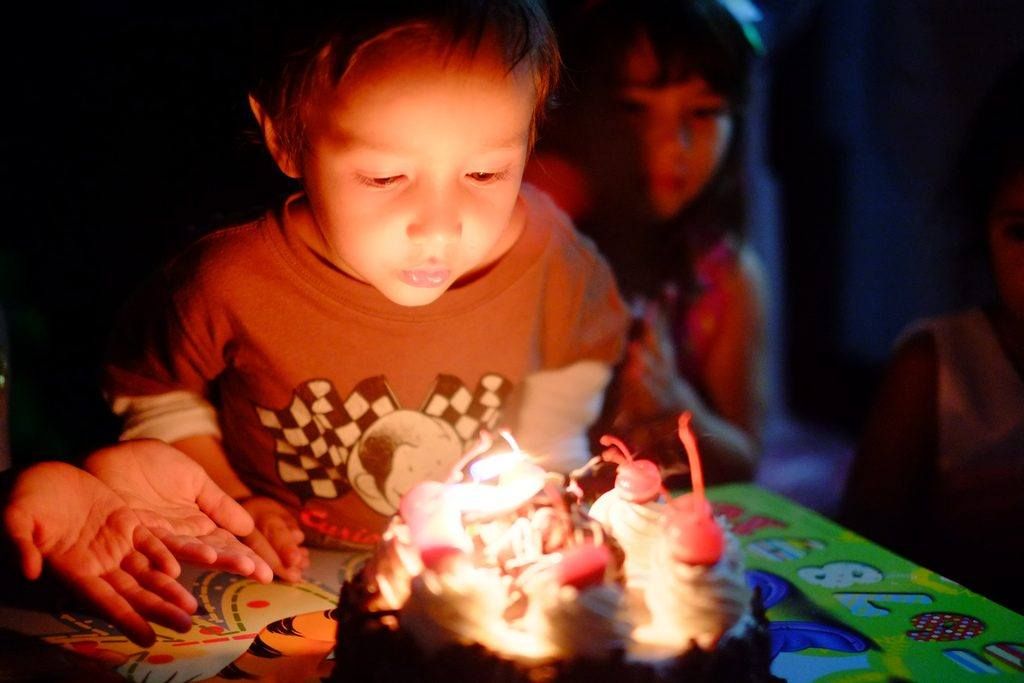
A high ISO number indicates high sensitivity to light and allows you to take photographs in low light situations.
Photo by Mike Hohman
Let’s put this in terms we can all understand.
You’re going on a picnic, and you wonder to yourself, “Do I need a coat?”
What do you do?
You look at a thermometer (a reference scale)! If the thermometer reads 90 F or 32 C (for my friends outside the United States), you know… nope! No coat! It’s hot outside. Conversely, if the thermometer reads 45 F or 7 C, well- that’s a little chilly and a coat is probably needed…
(Or perhaps you skip the picnic and go to a movie!)
So what does this have to do with ISO?
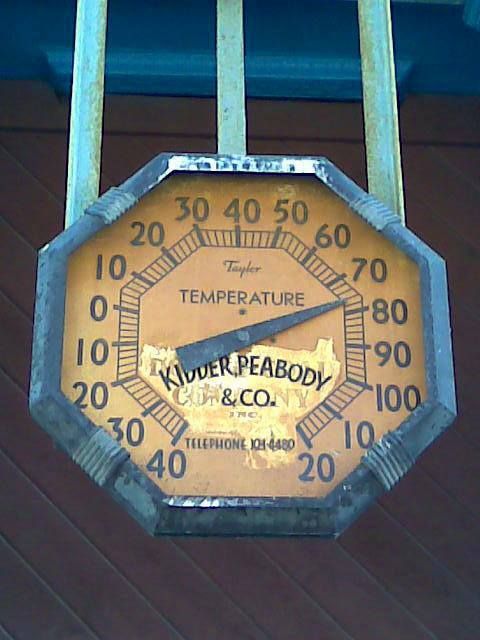
Photo by Enesse Bhé
The ISO scale creates a benchmark (just like a thermometer), so that we can make a determination in our minds as to what we can expect as a result!
Plant this in your brain… A thermometer measures temperature on a scale we recognize and therefore we make a judgment based on a recognizable number.
ISO is like a thermometer, except it measures “sensitivity to light” according to a recognized scale.
“Fine! But what does that mean to me as a photographer?”
GOOD QUESTION!
See, you’re learning already.
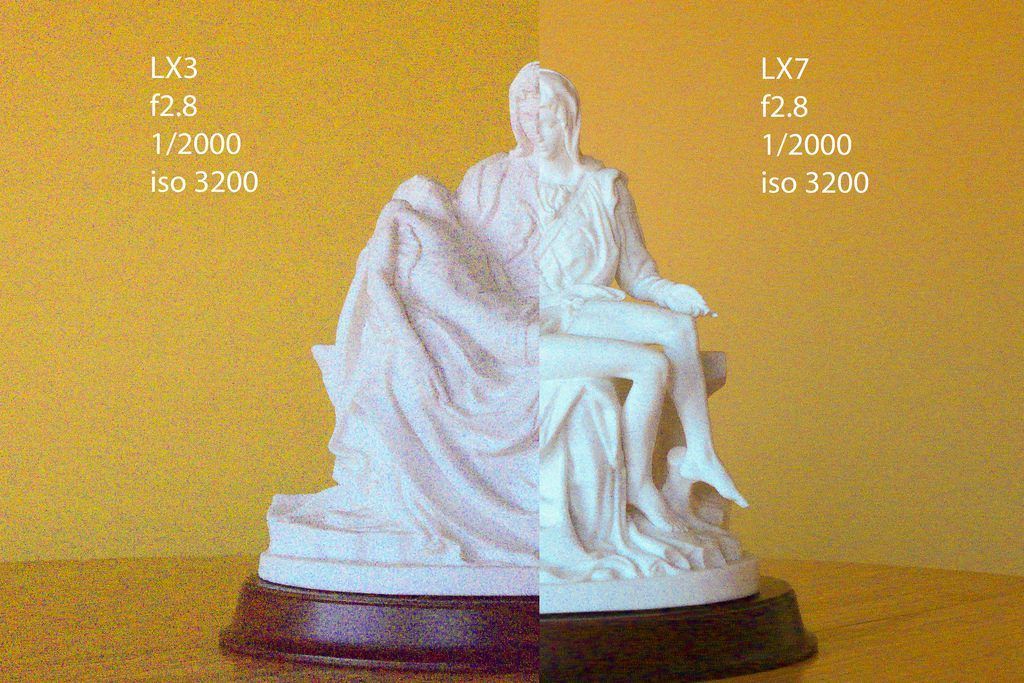
Photo by Joe deSousa
Some digital cameras perform better than others at higher ISO ratings. While having the ability to use a high ISO in low light, doing so creates visible electronic noise in a photograph.
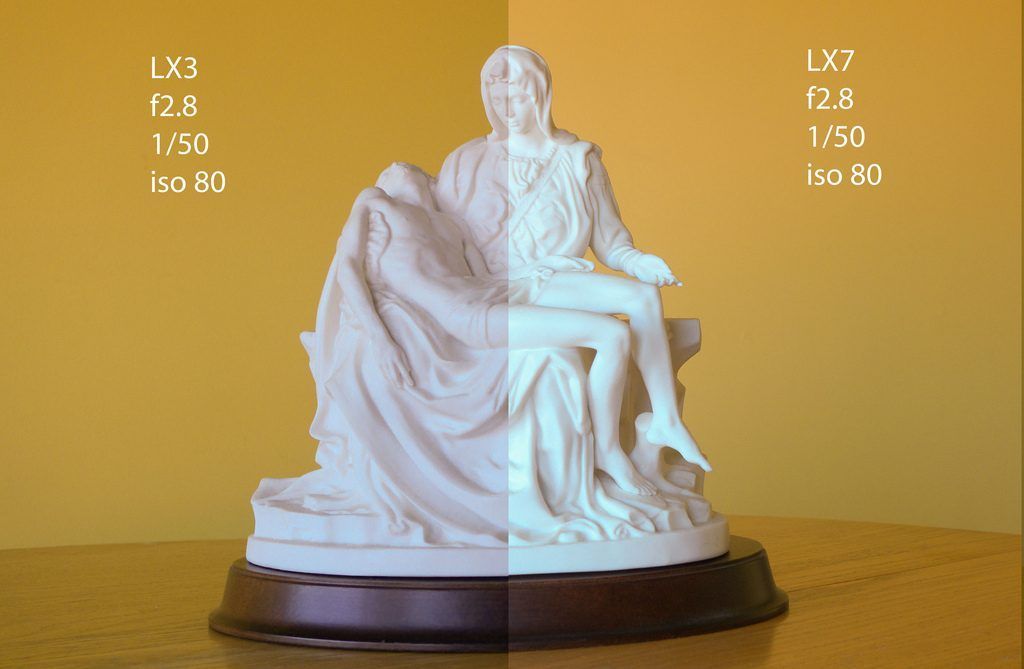
Photo by Joe deSousa
The lower the ISO setting on your digital camera, the less noise that will be generated in your photograph.

Photo by Todd Povilaitis
A digital camera will create noise even when the photograph is created in a completely black environment.

Photo by Todd Povilaitis
Most modern cameras will show minimal noise between ISO 100 to 400. Above 400, it depends on your camera model as to how much noise is generated.
For film people, ISO is a measurement of light sensitivity for a particular roll of film. That’s why we have 100-speed film, 400-speed film, and 800-speed film, etc. A higher ISO film will produce more grain in the final photograph.
For the digital folks, it’s the electronic chip inside the camera that increases or decreases in sensitivity based on the ISO setting.
Why do they call the ISO measurement “speed” (the speed of the film)? I don’t know. To confuse people I think.
What you do need to know is that the higher the ISO number, the more sensitive the film or digital sensor is to light, and conversely, the lower the ISO number the less sensitive to light. For film this number is fixed. For digital this number is a variable setting on your camera.
"The higher the ISO number, the more sensitive the film or digital sensor is to light, and conversely, the lower the ISO number the less sensitive to light."
OK, so now you understand what ISO is and where to adjust it on your camera.
What does it mean to you?
I know you’re probably thinking, “I just want to take better pictures! Is this really necessary?”
And the answer is yes. If you put your camera in Full Auto Mode, it’s going to raise and lower that ISO number as it sees fit.
Your shiny digital camera is a modern wonder. There are many things going on inside of it when you snap the shutter.
Sure… you could put your camera on Auto Everything and snap away.
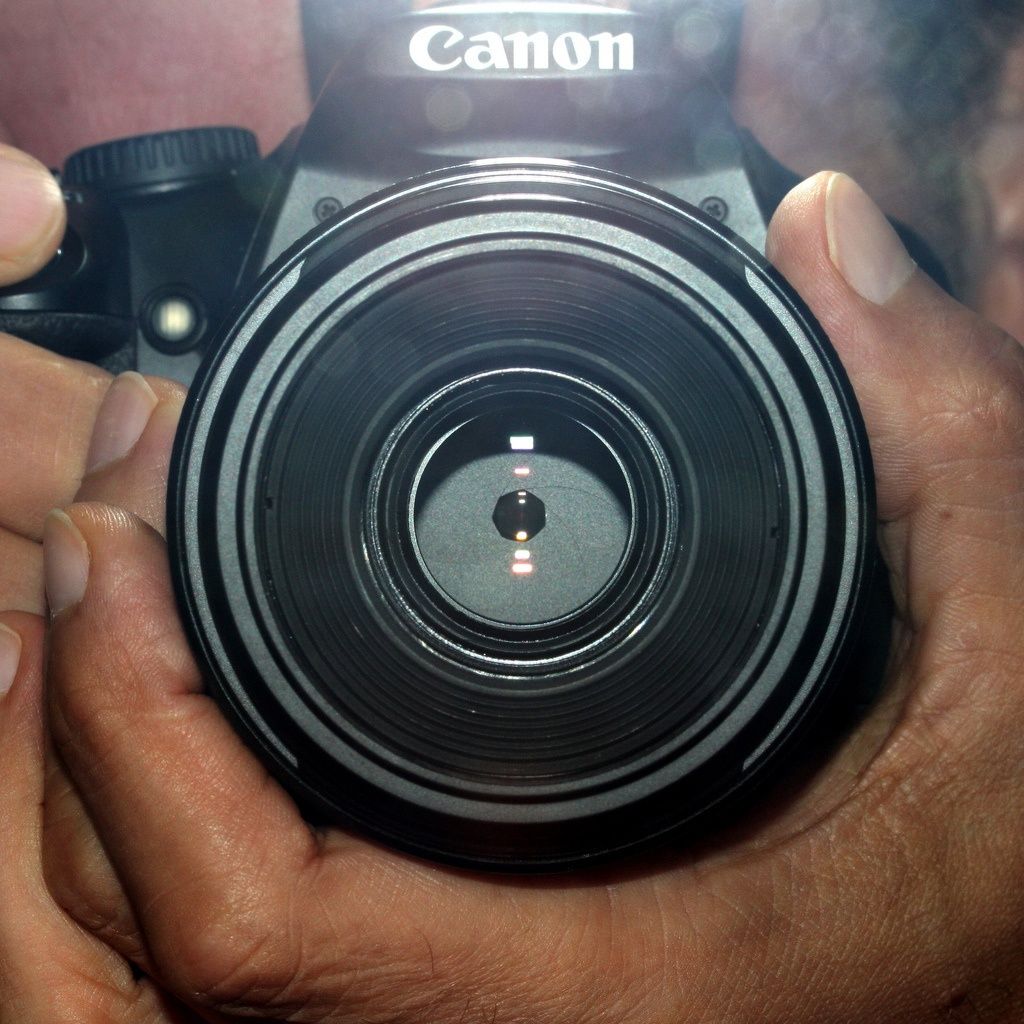
Photo by saturn
Sometimes you’ll get a great photograph, and more often than not,the photos will suck pond water.
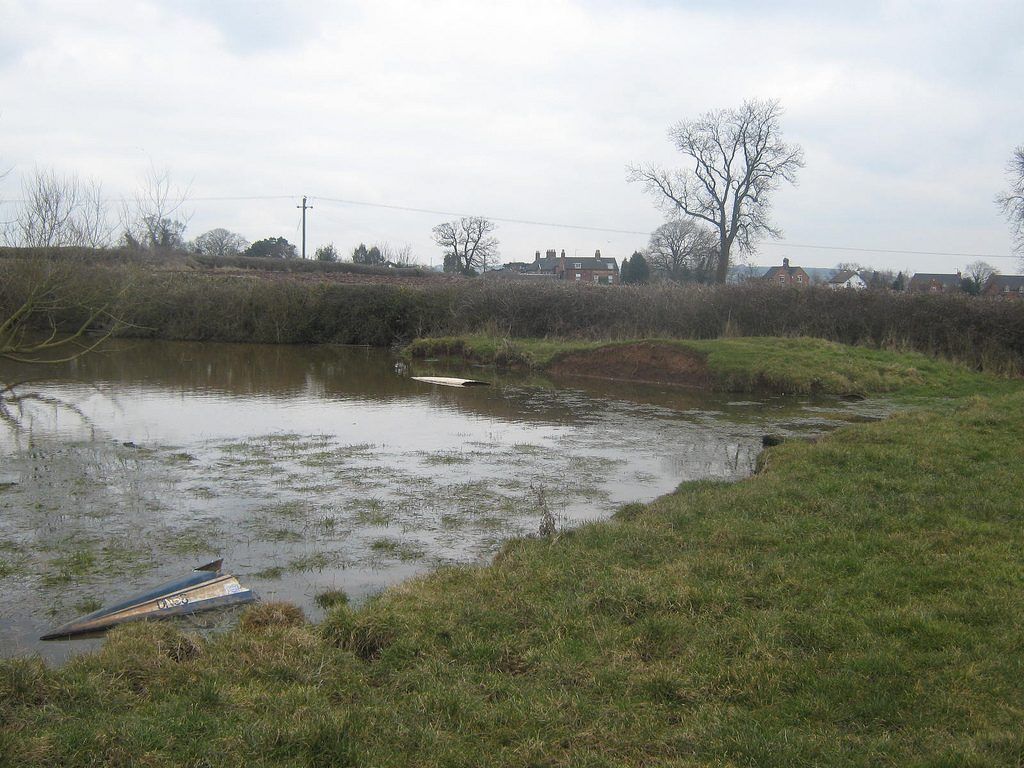
Photo by Eamon Curry
Remember, the camera is not a human brain. Therefore, in an Auto setting, it will create an image based on a set of parameters and nothing more. It can’t make intelligent decisions.
IT CAN BE FOOLED!
Back to ISO…
I want you to hold your two hands out in front of you with your fingers spread wide.
Now slowly bring your hands together and let your fingers intertwine.

Photo by Justin S. Campbell
Look at the solid mass your fingers have formed. That’s what it takes for your camera to create a photograph.
Each of your fingers represent an element of what is going on inside the camera to form the image.
ISO is one of those fingers.
All those elements are intertwined and interconnected. If you change one (for example the ISO setting), it affects all the other elements, and therefore, the final image.
Recommended Reading: If you would like to know more on how these intertwined relationships work, check out our step by step guide on discovering photography skills using your DSLR and start creating amazing images: DSLR Crash Course.
OK… so now I’m going to cut to the chase about ISO.
What do you really need to know?
- If you really want to Create photographs- take your camera off the Auto ISO Setting. You need to know what the ISO setting is when you’re creating photographs.
- Most digital cameras have an ISO range of 100-6400. A good rule of thumb is to use the lowest number possible for your picture-taking situation. I almost never set my ISO above 400. Why?
Because of noise, and noise isn’t good for our precious photographs. Noise can be dealt with in post production. But isn’t our goal to create the best original possible?
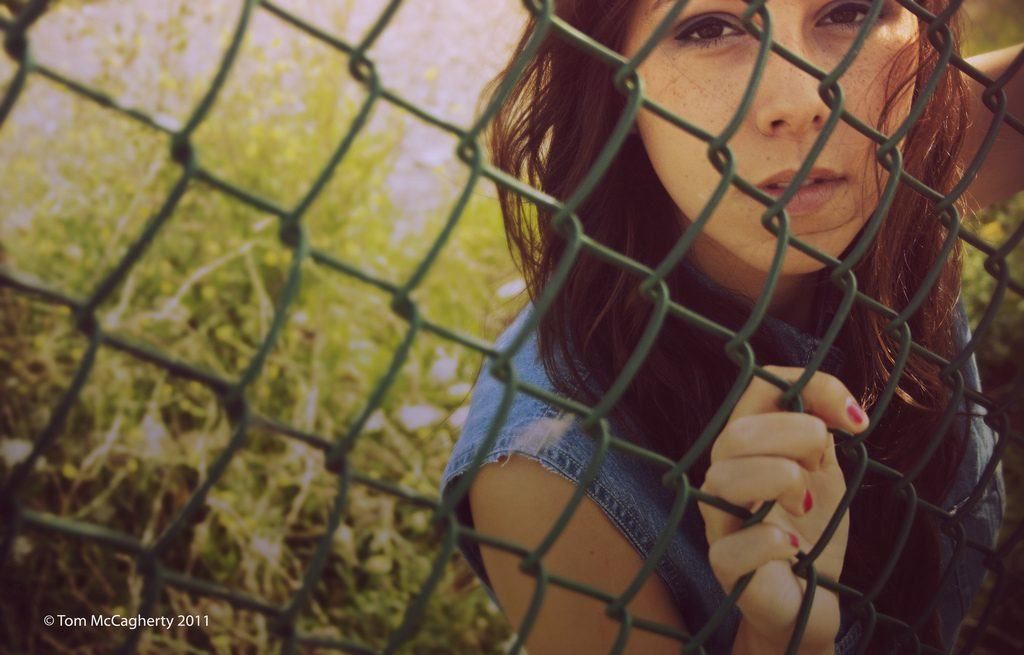
Photo by Tom McCagherty
Follow these general guidelines; in bright sun, or cloudy bright, or by a bright window; use ISO 100 to 200.
In cloudy, to cloudy dark, post-sunset, or pre-sunrise, or by a window with low indirect light; use ISO 200 to 400.
"Anytime you are taking a photograph, use your left hand to cradle the camera body and your right hand to slowly squeeze the shutter."
During night Shots, or on dark interiors; use ISO 400 to 800.
If it’s darker than a coalmine or a cemetery in Transylvania at midnight; use an ISO above 800. (Of course if you own a professional level DSLR, say in the $2500 USD or above category, you can definitely get away with higher ISO settings.
Test your camera at different ISO settings and see where the noise becomes apparent.)
Finally, a simple photo tip– Anytime you are taking a photograph, use your left hand to cradle the camera body and your right hand to slowly squeeze the shutter.
Press the camera to your face. Don’t use LiveView. Brace your left elbow against your chest and upper stomach. This is good technique for supporting a camera; it will help you hold the camera steady. By developing good technique, you can use a lower ISO setting(even in lower lighting conditions).
Keep Shooting!


